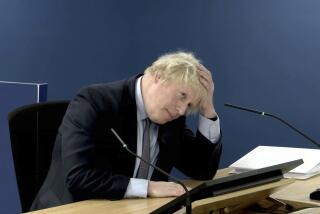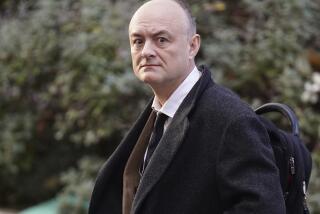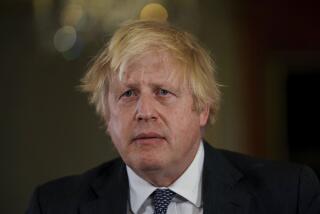In Britain, bumpy rollout for new coronavirus rules
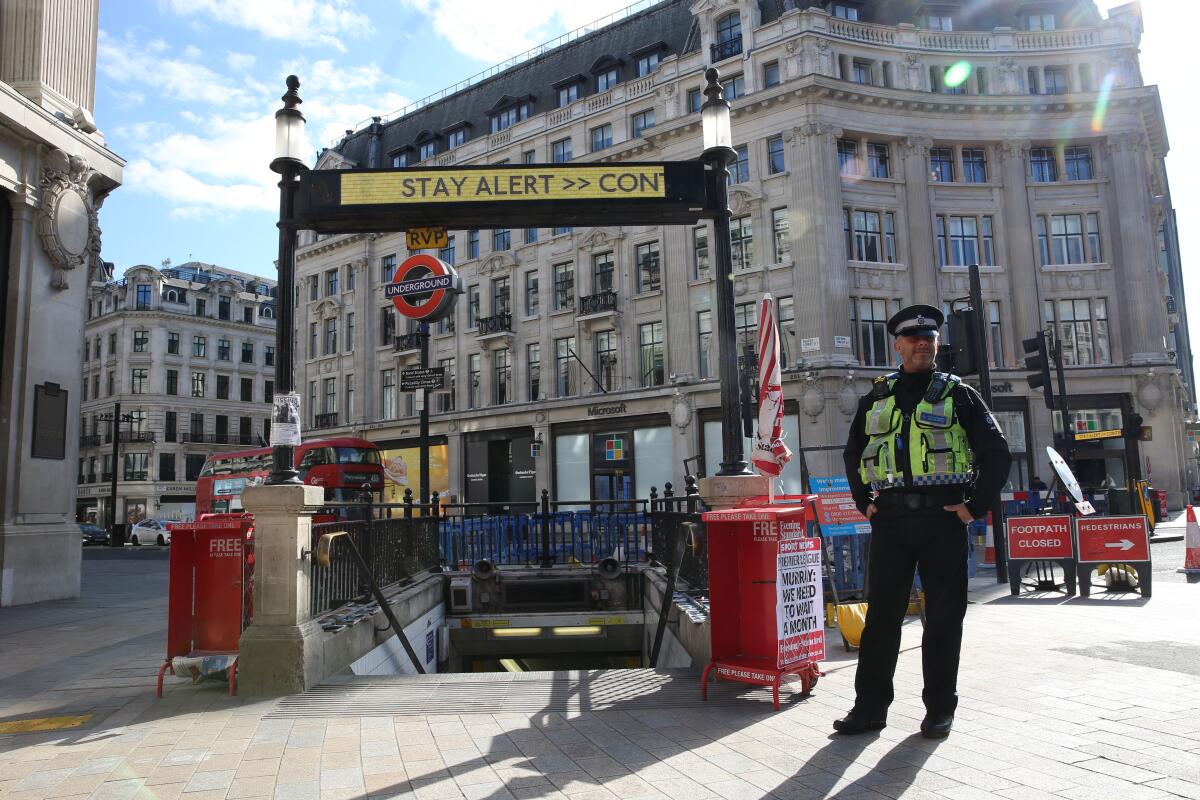
LONDON — British historian Frank Carlyle has made a life’s work of trying to make sense of the past. But now it’s the present that’s confounding him.
The retired academic — along with many compatriots — says he simply can’t fathom the latest coronavirus guidelines handed down by the government of Prime Minister Boris Johnson.
Lockdown measures began easing across Britain this week, but, as on the other side of the Atlantic, there’s widespread alarm and confusion as to whether efforts to restart the battered economy are putting people in too much peril. And the rollout of Johnson’s new rules has been far from smooth.
With Britain’s coronavirus death toll now the highest in Europe — more than 33,600, surpassing devastated Italy and Spain — Johnson has struggled to chart a course as the fatality count rises and the economic carnage intensifies.
The prime minister, who last month spent days in intensive care battling a case of COVID-19 so severe that aides reportedly sketched out scenarios of how they might break the news of his demise, unveiled his government’s new messaging in a nationwide address on Sunday. In a parliamentary appearance Monday, he amplified — and in some cases contradicted — the aims he laid out the night before.
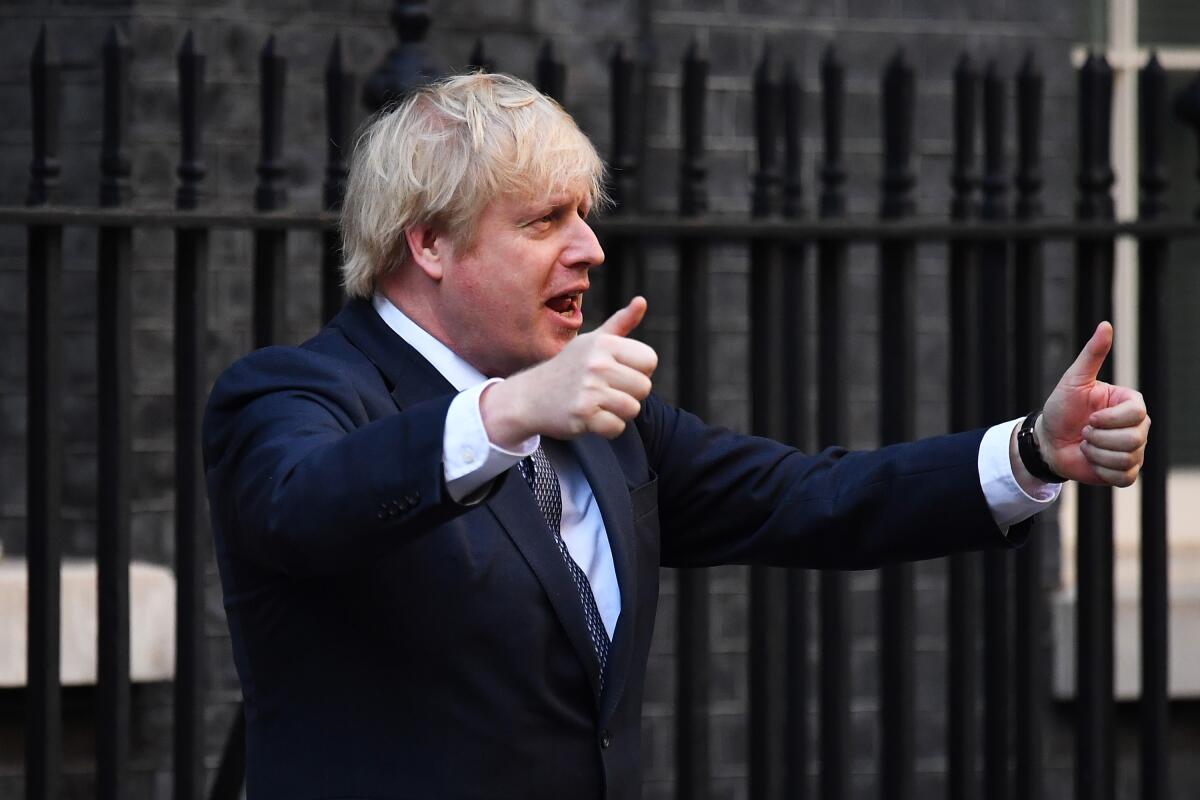
Most notably, the 55-year-old prime minister jettisoned the government’s main previous talking point — “Stay home” — in favor of a new slogan: “Stay alert.”
The reviews from ordinary Britons, together with many commentators and political foes, were scathing.
“What the hell does ‘stay alert’ mean?” Carlyle said.
At 70, Carlyle is a scholar of the Roman Empire who lectured for years at local colleges in Liverpool. But he is best known in the northwestern city — the Beatles’ birthplace and a maritime hub of centuries’ standing — as a radio commentator, tour leader and public speaker.
“What are we staying alert for?” he asked in a phone interview. “I haven’t a clue, and I’m not a stupid person. It confused me.”
In his address Sunday, Johnson said people who cannot work from home should be actively encouraged to return to work, but said staying home was best when possible. He encouraged people to walk or bicycle to work, but also gave his blessing to commuting on public transportation, urging staggered start times and adhering to social distancing practices.
Face coverings in certain settings were recommended, but not obligatory. School reopenings were mentioned, but on a vague timetable beginning next month. Sporting events might start up again, but it wasn’t clear how. Quarantining of arriving air passengers has been mentioned as a likelihood, but again with no detail on when or how.
Many people were also left uncertain as to when the new rules were supposed to take effect — Monday, the day after Johnson’s speech, or later. The government clarified that the intended date was Wednesday.
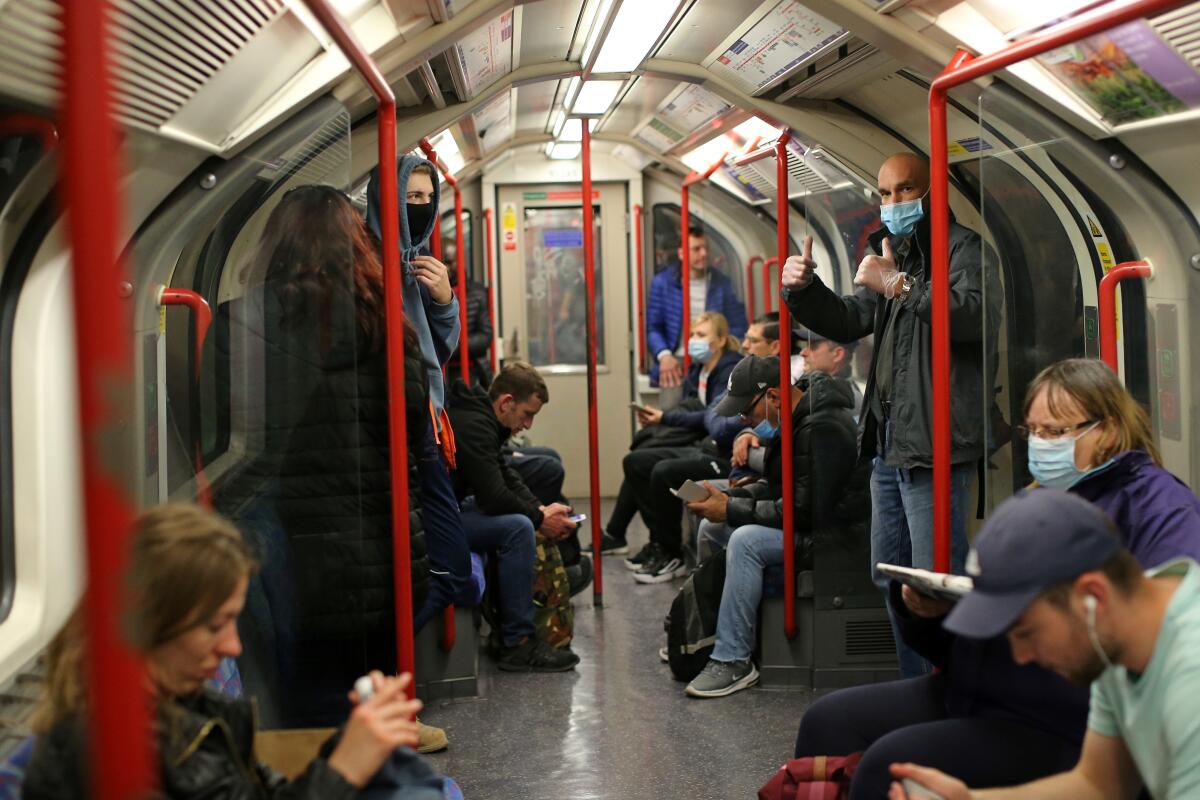
That day, commuters posted images showing crowding on some buses and subway cars on the London Underground, known as the Tube. One Twitter user in the seaside city of Blackpool memorably described her 7 a.m. journey as a “covid party bus,” adding: “I’ve never felt so unsafe!”
Johnson’s health secretary, Matt Hancock, defended the rollout of the new guidelines.
“I’m here to try to make sure that everybody understands as best as possible what we’re trying to achieve,” he said in a television interview Tuesday. “I think we were quite clear.”
The prime minister, for his part, said he believed the public would exercise “good, solid British common sense” — but there was little consensus on what that meant.
With the easing of measures limiting outdoor exercise and halting most visits to friends and family, many people ventured out to see relatives or to drive to an outdoor attraction more distant from home. Public transport ridership was up 7% on Wednesday, compared with the previous day, and car traffic was noticeably busier.
On Thursday, families and friends were out in parks, many sitting in groups on grass or together on benches. Tennis clubs and golf courses were allowed to reopen, with proper physical distancing.
Some experts on public health messaging called the prime minister’s speech, and his subsequent parliamentary appearance, a missed opportunity. Til Wykes, a professor of clinical psychology and rehabilitation at King’s College London, said the new slogan’s only real virtue was its brevity.
“It’s not clear at all what ‘Stay alert’ means,” she said.
Johnson’s address was followed up the next day with a 50-page government document detailing the next phase of the fight against the coronavirus, but few were inclined to plow through that degree of detail.
Wykes said most ordinary Britons would have trouble following the logic behind some of the rules.
“You can play tennis, but you can’t play doubles,” she said. “You can see one parent at a time, but you can’t see them together, despite the fact that they live in the same household. That just seems very confusing.”
After the outcry over whether adults could see only one parent from whom they had been separated, the government clarified it would be possible to see them in succession — but outdoors, and 10 minutes apart.
Rather than being hailed as a unifying force, the new rules triggered fresh divisiveness in a country already polarized by nearly four years of battling over Brexit, the departure from the European Union that formally took effect in January but whose parameters are still being negotiated.
Elsewhere in the United Kingdom, the governments of Scotland, Northern Ireland and Wales have backed away from Johnson’s new coronavirus guidelines, opting to stick with the original “Stay Home” message.
Britain began grappling with the virus in earnest seven weeks ago — a late start, in the eyes of many critics — when Johnson’s Conservative government imposed a strict nationwide lockdown, closing stores, pubs and restaurants to all but takeout. It’s still unclear to what degree the earlier measures managed to stem the virus’ spread.
On Thursday, Britain’s Office of National Statistics said 148,000 infections had taken place over the last two weeks alone; the U.K. had a total of more than 234,000 confirmed cases. The number of coronavirus-related deaths worldwide has topped 301,000.
Wykes said the new rules should have been coupled with some explanation as to what progress justified easing the lockdown, and with an announcement of new efforts to stem infections, such as a system of testing, tracing and tracking.
“The public need to be treated as intelligent beings,” she said. “You need to know why you need to do things in order to control the virus. And if we were told that, we would be happy to comply, I’m sure.”
Special correspondent Boyle reported from London and Times staff writer King from Washington.
More to Read
Sign up for Essential California
The most important California stories and recommendations in your inbox every morning.
You may occasionally receive promotional content from the Los Angeles Times.
